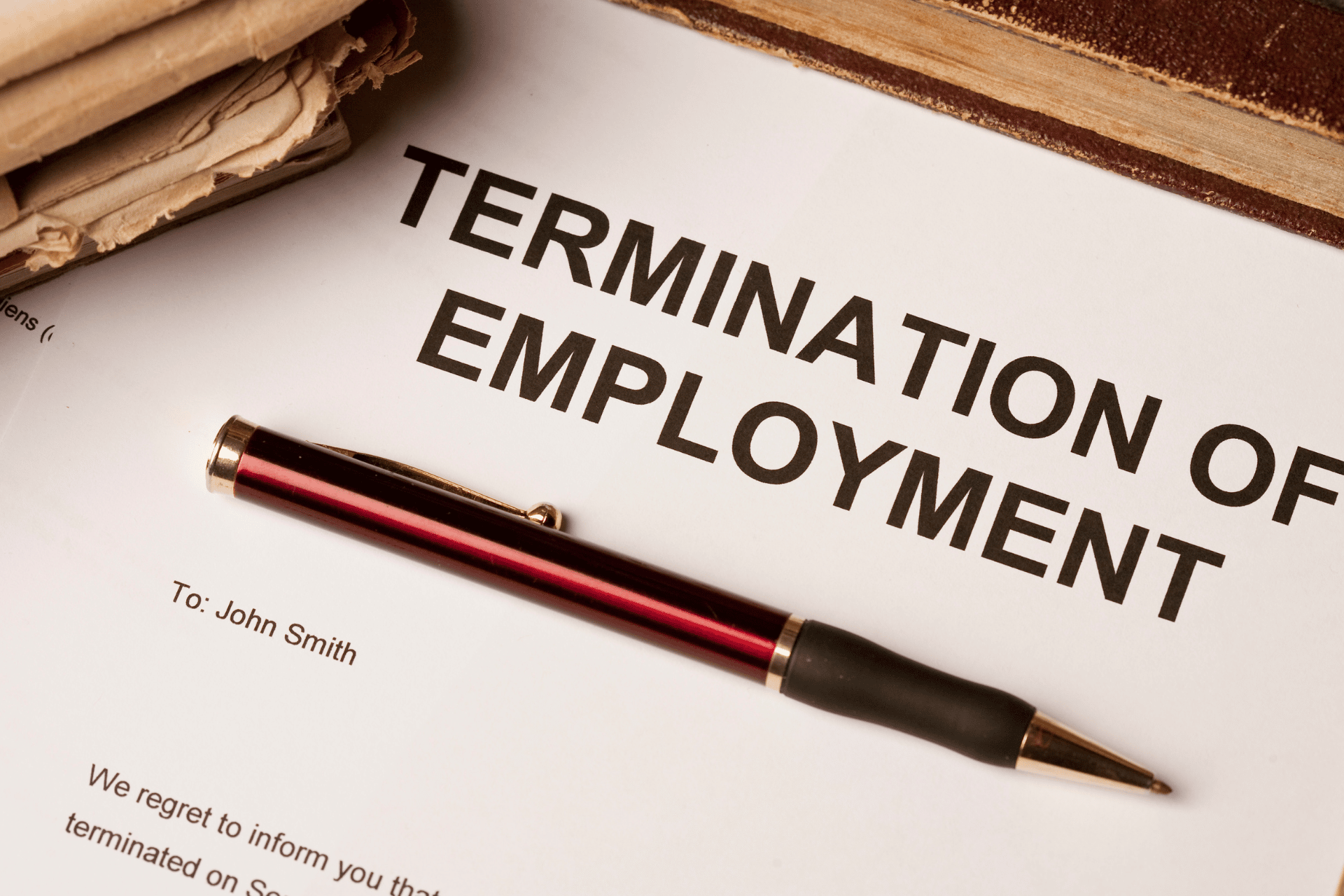With the ongoing job loss affecting a big section of the workforce, it is worth noting that the regulations allow a discretionary grace period that allows workers in H-1B, L-1, O-1, TN, H-1B1, E-1, E-2, and E-3 classifications plus any of their dependents, to be considered as having maintained status following the termination of their employment. This grace period extends for up to 60 consecutive calendar days and it can be shortened if your I-94 or Form I-797 is already set to expire during the grace period. This means that if your I-94 status expires within the next 20 days from the date of termination then you are ineligible for the 60-day grace period, and you only have 20 days to petition to either extend or change your status. It is important to note that the 60-day grace period is discretionary and that the decision is fact-specific.
Individuals who are terminated while on their work visa have the following options:
- Transfer their employment to another employer within the 60-day grace period;
- Change to another non-immigrant status within the 60-day grace period; or
- Prepare to leave the United States.
IMPORTANT QUESTIONS THAT ARISE DURING THE 60 DAYS GRACE PERIOD
When does the 60 days grace period begin?
This grace period begins on the date of termination, or after the last day of work.
Am I eligible for the 60 days grace period if I resign?
Note that the rule does NOT specifically mention that its applicability is limited to employment that is “terminated”. Therefore, it applies even if someone resigns voluntarily or just quits the job. If someone voluntarily quits their job then he/she would indeed have sufficient time to plan his/her course of action and either change employers or change to a different status. The intent of the regulation is to protect those who need it the most – whose jobs have been terminated. What ILBSG Sees in Practice- ILBSG has not seen USCIS differentiate between termination and voluntarily quitting which is a good sign.
I am on an H-1B, and I’ve found a new employer to sponsor. When can I go back to work?
As per 8 CFR 214.1(1)(2), DHS expressly declined to provide continuing work authorizations for individuals in the 60-day grace period, stating that this is “consistent with longstanding policy.” Based on the rule alone, the safe option is to wait for USCIS to adjudicate and approve the petition before starting work. However, the new rule cites the American Competitiveness in the 21st Century Act (AC21), which allows H-1B candidates in most other circumstances to begin working for their new employer once the petition is filed with USCIS. What ILBSG Sees in Practice- ILBSG has not seen the issue of employment authorization during grace periods raised or enforced when applicable. The reality is that some people may not be able to afford to be out of work for up to 2 months and not everyone will be able to pay for premium processing. Moreover, prohibiting affected individuals from earning a living after suddenly losing their jobs seems contrary to DHS’s intent to provide flexibility and protection under the new rule.
What are my options when thinking of changing to another non-immigrant status?
If your spouse is on H1B then one option that you are eligible for is to petition for an H4 status. An I-539, change of status form, can be filed with USCIS requesting a change of status to H4. If the principal H-1B spouse has a valid and approved I-140, then it is even better because the candidate can also apply for an H4 EAD to get work authorization. However, the candidate cannot work on the H4 EAD until it is approved by USCIS. In the alternative, you could file for the B2 option. Again, this issue is always fact-specific, and it is important to speak with one of our experienced ILBSG immigration attorneys who can advise you based on your unique circumstances.
We know it can be discouraging when you receive notice of a job loss. However, there are many options available, which we encourage you to consider. Using an experienced immigration attorney is a great way to explore those alternative options, as an attorney can assess your individual situation and advise you on what may be possible. At ILBSG, we are here to help. If you’re interested in exploring different routes to live and work in the U.S. after being laid off, please reach out to us today. Our team of experienced attorneys works directly with our clients to ensure they get the right advice to maximize their odds of a successful outcome.

